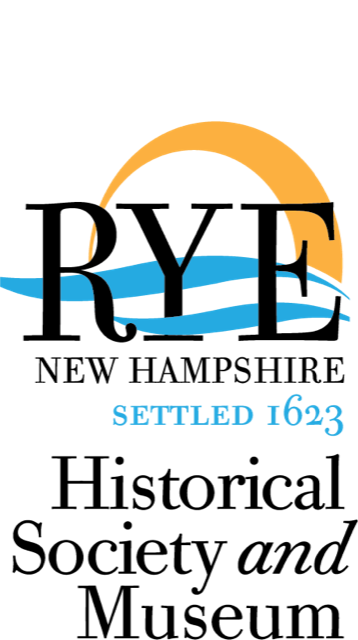David Thompson (Thomson)
NH’S FIRST ENGLISH SETTLER
David Thompson was born in 1592 to parents of Scottish descent in Clerkenwell, a suburb of London. David’s father and mother may have been in service to Sir Ferdinando Gorges, a nobleman. In 1605 Gorges housed enslaved indigenous natives who had been kidnapped from New England by Captain Weymouth. Intrigued by his captives, Sir Ferdinando became the principal promoter of many settlements in New England and David Thomson was among those who attempted and failed to found an American settlement for Gorges.
In 1607, as a group of early English settlers established a struggling colony at Jamestown, Virginia, Sir Ferdinando supported an exploratory group to Maine, then called Northern Virginia. Known today as Popham Colony, the expedition to the mouth of the Kennebec River disbanded after one year. It has been suggested, but without evidence, that Thompson was a member of this early colony and other ventures before his documented journey to what would become New Hampshire in 1623.
Since the publication of Captain John Smith’s “Description of New England” in 1616, English fishermen had been salting and drying cod at the Isles of Shoals off the coast of modern Maine and New Hampshire. Under a charter from the Council of New England, sanctioned by Gorges, Thompson established a fishing and trading outpost at the mouth of the Piscataqua River at what is now Odiorne State Park in Rye, NH. David’s wife Amias and young son John also came along at some point, leaving a daughter behind in Plymouth, England.
Thompson and a small group of unnamed fishermen set up a stockade and fortified house at Little Harbor known as Pannaway. Despite frequent references, there is no evidence that a second outpost settled by London fishmongers Edward and William Hilton began that same year at a site further up the Piscataqua River known as Dover Point. The Hiltons received a patent for the site from the Council in 1629 and may have been there as early as 1628, making Dover the first permanent settlement in the state.
Thompson appears to have arrived in time for the peak fishing season around March 1623. According to his indenture to three Plymouth, England investors, David and his crew would receive 6,000 acres of land and an island of his choice in exchange for running a profitable fishing and trading operation for five years. The charter, acknowledged by King James I, was for land that had been occupied by indigenous people for at least 12,000 years and was occupied without their consent.
The Thompsons hosted a series of English visitors in 1623 including explorer Christopher Levett. Phineas Pratt stopped by after the horrific massacre of seven Indian warriors by Miles Standish at the colony of Wessagusset. Both visitors published their journals. Captain Richard Gorges, appointed Lieutenant-Governor of all of New England by his father Sir Ferdinando, also stopped by to deputize Thompson as an officer of the Council of New England. Robert, however, quickly returned to England after failing to establish his own colony at Boston Bay. Levett’s colony in Maine also failed.
In the summer of 1623, Pilgrim military leader Miles Standish visited Thompson with a request to sell fish to the starving survivors at New Plymouth. Thompson made the trip in his own shallop, an event documented by Separatist leaders Edward Winslow and William Bradford. Thompson also accompanied Winslow and Standish to Monhegan Island in Maine in 1626.
David left Pannaway some time in 1626 to launch a trading and fishing post on the fertile 170-acre "Thompson’s Island " at what would become Boston Bay in Massachusetts. He died in 1628 at age 36, possibly drowned, but his death remains a mystery. Amias married another English settler named Samuel Maverick the same year. Her son John later inherited Thompson’s Island after a legal battle. Today the Seacoast Science Center is located near the site of the Thompson operation while Thompson Island in Boston is a popular privately owned tourist destination. The arrival of the Thompson in Rye provides what is considered the founding date of what later became the province and state of New Hampshire.
Summary for Rye Historical Society (c) 2022 by J. Dennis Robinson



